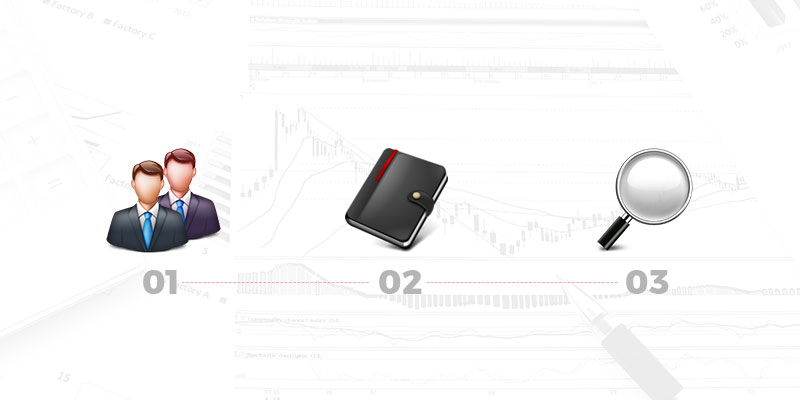3 Tips to Evaluate Your Forex Trading Strategies
Posted on 03rd Jan 2018
Forex trading is extremely lucrative for those who know exactly what they are getting into. The markets are constantly shifting and you need to learn and unlearn your strategies in order to adapt to the ever-changing currency trading markets. Amongst the various trading strategies available you need to figure out a compatible trading style. No single strategy can be used all the time. You need to readjust and modify your trading plans as per the market conditions and even stop using the ones giving poor results. The following tips can help you to assess your forex trading strategies and enhance your success rate:
-
Trade with two accounts :
Nobody is born knowing how to trade. You have got to figure it out through adequate learning and practice. Failure is the pillar of success. Forex trading is not easy money. It might take you several failed trades to get the hang of it and trade profitably. Test your trading strategy with a risk-free demo account before plopping your hard-earned money into live trades. Do not stop setting up practice trades in your demo account once you switch to live. That's because you never stop growing as a trader. Also, you can back-test whether a particular strategy is practically feasible by trying it out in simulated conditions. While opening an account with a forex broker always go for a package that suits your skills and expectations. At the outset it is best to start out with a low-leverage mini account in order to keep your risk at manageable levels. Learning and testing strategies is best done when there is no money at stake.
-
Maintain a journal of your trades:
Treat forex trading as a serious business and visualise yourself as an accountant. Maintaining a diary or written record of your wins or losses enables you to keep track and look back to analyse your successes & flaws. Most forex traders fail because they keep repeating their mistakes. By documenting your trades, a diary can be a reliable guide for you to refer to and avoid the recurrence of the same errors. Pen down details such as the entry and exits, the timeframes, support and resistance levels etc.
-
Find out your success rate:
Expectancy is the formula you use to gauge how dependable your system is. You should every once in a while, look back and calculate all your trading wins versus losses. Furthermore, you should reckon how profitable your winning trades were and how much you squandered in your losing trades. Review your last 20 trades. If you haven't actually traded, return to your chart to where your system would have signalled your in and out points. Determine if you would have made a profit or a loss. List down your results on paper. Sum up all your wins and divide the answer by the number of winning trades you made. This is the formula:
E= [1+ (W/L)] x P – 1
where:
W = Average Winning Trade
L = Average Losing Trade
P = Percentage Win Ratio
If you made 20 trades and 12 of them were winning trades and 8 were losing trades, your percentage win ratio would be 12/20 or 60%. If your 12 trades made $9,600, then your average win would be $9,600/12 = $800. If your losses were $3,200, then your average loss would be $3,200/8 = $400. Apply these results to the formula and you get; E= [1+ (800/400)] x 0.6 - 1 = 0.80 or 80%. A positive 80% expectancy implies that your system will give you 80 cents per dollar over the long-term.
Concluding remarks:
Before setting out to trade you must know your risk appetite, your investment objectives, experience and skill levels. Tenured traders know before they enter a trade that the odds are stacked in their favour or they wouldn't be trading in the first place. While doing so they may lose few trades, but they will be winners in the long-run.



